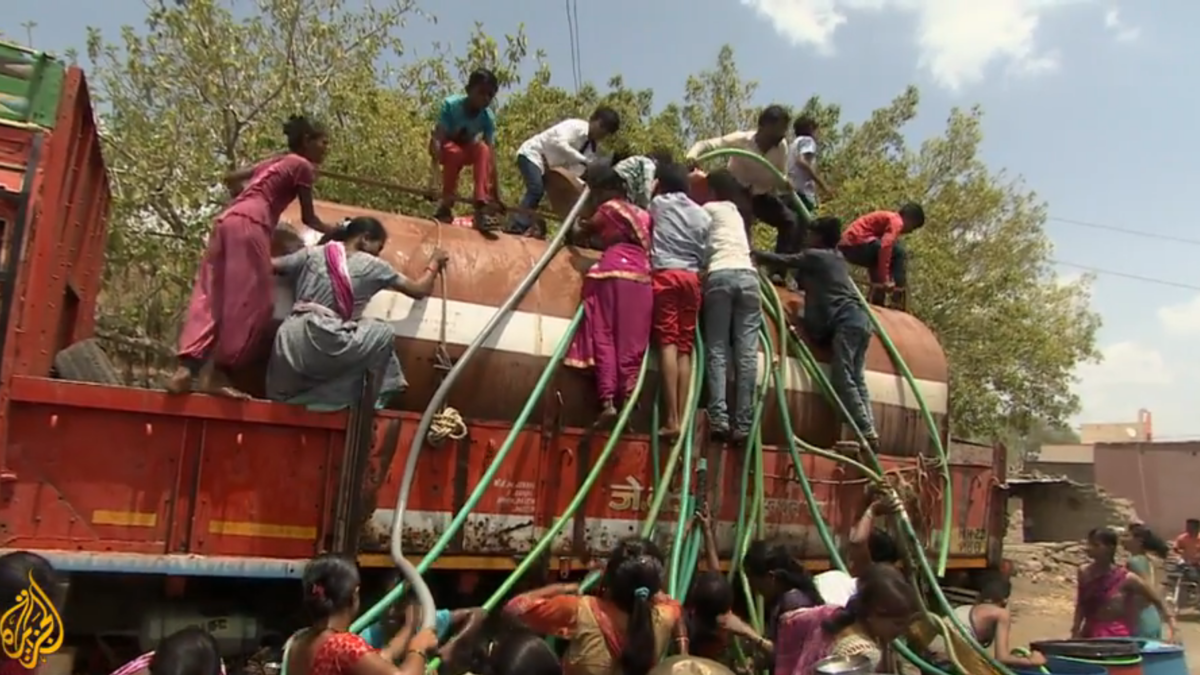Vietnam's climate woes ignite national strategy
By Vanya Walker-Leigh 10 May 2012 HANOI (Inter Press Service) – Vietnam, hailed as a development success story for lifting millions out of poverty and staying on track to meet all its Millennium Development Goals (MDGs) by 2015, is seeing its future progress severely threatened by the impact of global climate change. Unprecedented climate-related catastrophes in recent years have turned government and citizen attention onto the pressing need for proactive climate change policies, although the speed of global warming is beyond Vietnam’s control and depends more on major industrial nations’ future greenhouse gas emission reductions agreed within the United Nations Framework Convention on Climate Change. Vietnam’s National Climate Change Strategy launched this March dramatically describes the nation as one of the country’s most affected by climate change, “with the Mekong River Delta being one of the three most vulnerable deltas in the world alongside the Nile and the Ganges”. By the end of this century average temperatures could have increased by two to three degrees Celsius, the Strategy warns, with major changes in rainfall patterns threatening devastating floods and droughts, while the sea level is set to rise by between 0.75 to one meter. The policy document adds, “About 40 percent of the Mekong River Delta, 11 percent of the Red River Delta and three percent of other regions will be submerged, with two percent of Ho Chi Minh City [Vietnam’s commercial capital, home to over seven million of the country’s 86 million inhabitants] under water.” Any slump in production in the huge Mekong Delta rice bowl will have grave national and global food security implications, since Vietnam is the world’s second-largest rice exporter. The Asian Development Bank’s report, “Addressing Climate Change and Migration in Asia and the Pacific”, issued this March, forecasts that by 2050 some 9.5 million Vietnamese will be at risk from the impacts of sea level rise. The Ministry of Natural Resources and the Environment (MONRE) is leading implementation of the national Strategy. “Building on a previous National Target Programme for Climate Change launched in 2008, the Strategy focuses on both adaptation and mitigation, while setting guideposts for the short, medium and long term as well as ten strategic tasks,” Pham Van Tan, deputy director-general of MONRE’s International Cooperation Department, told IPS. “The three action phases [go] up to the end of this year, from 2013-2025 and 2016-2050, aiming at a careful balance between adaptation and mitigation – the latter to counter the expected rapid increase in greenhouse gas emissions implied in Vietnam’s ambitious industrialization plans. We will also pursue regional approaches with our neighboring countries.” […]
Vietnam’s climate woes ignite national strategy

